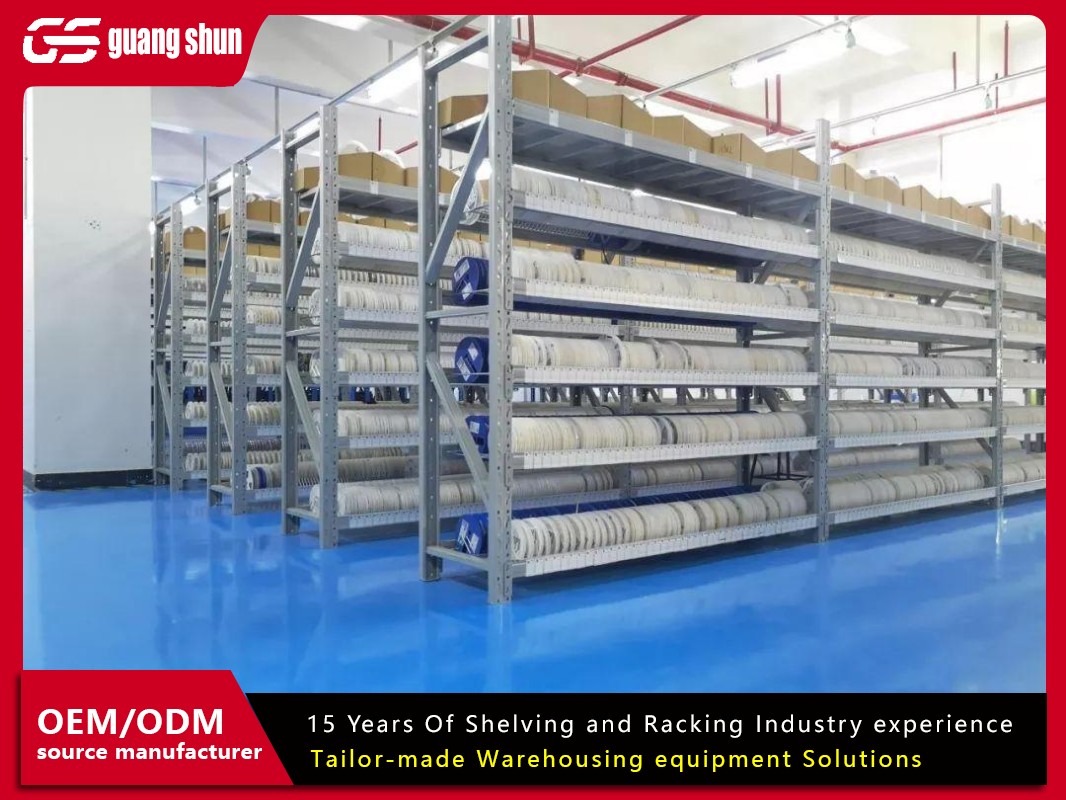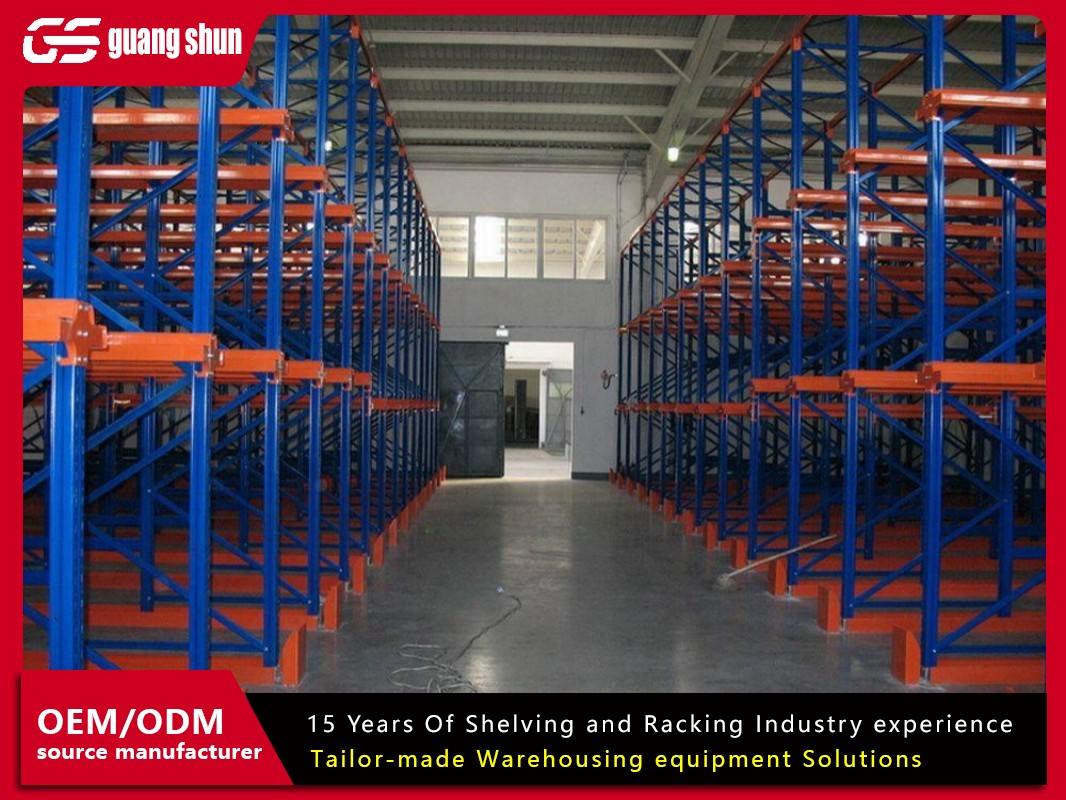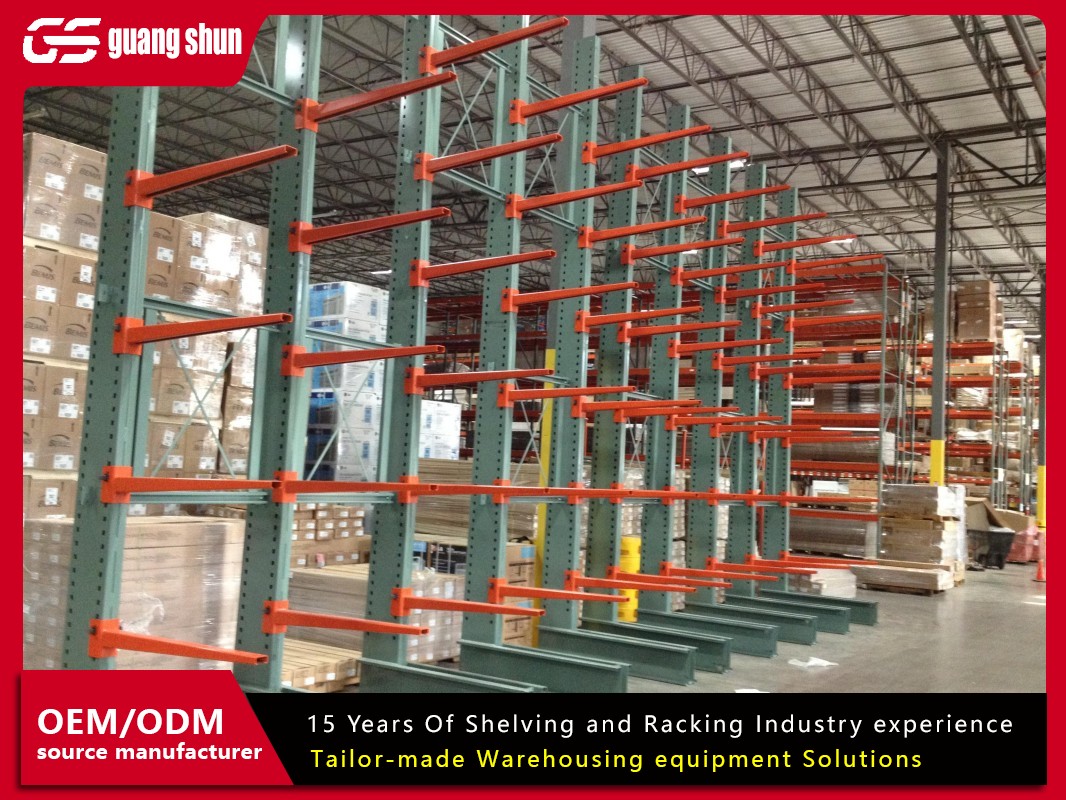In the world of warehouse storage and logistics, efficiency is paramount. One of the most widely adopted solutions for organizing inventory is the selective racking system. This system offers a straightforward yet highly effective approach to storage, allowing direct access to every pallet or item without the need for complex machinery. As businesses strive to optimize their operations, understanding the selective racking system becomes crucial. Whether you're managing a small warehouse or a large distribution center, this system can significantly impact productivity, cost-effectiveness, and space utilization. In this article, we will delve into six essential aspects of the selective racking system, providing a comprehensive overview that covers its definition, benefits, limitations, applications, design considerations, and maintenance. By the end, you'll have a solid foundation to evaluate if a selective racking system is the right fit for your needs.
The selective racking system is a type of pallet racking that enables easy access to each individual load. It is often considered the backbone of many warehouses due to its versatility and simplicity. Unlike other systems that might require specialized equipment, the selective racking system can be integrated with standard forklifts, making it a popular choice across various industries. As we explore these aspects, keep in mind that the selective racking system is not a one-size-fits-all solution; its effectiveness depends on factors like inventory turnover, warehouse layout, and operational goals. Let's begin by defining what exactly a selective racking system entails.
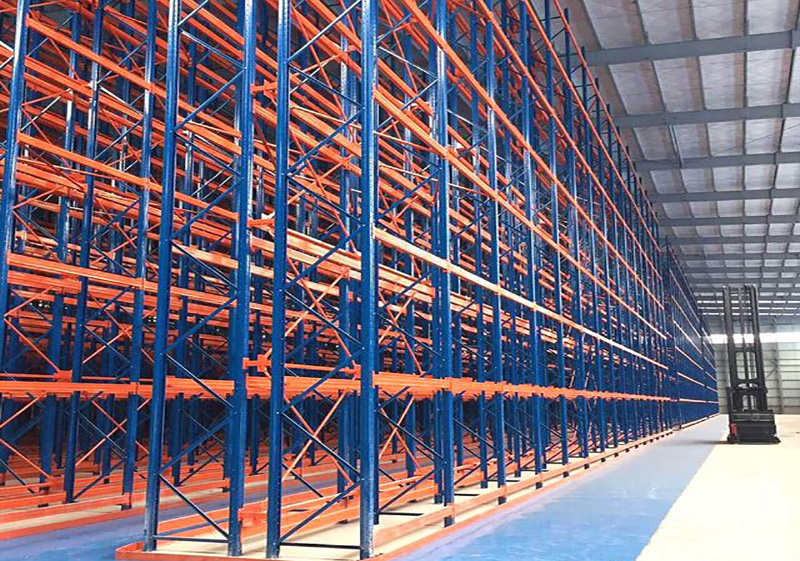
What is a Selective Racking System?
A selective racking system is a storage solution designed to provide direct access to every pallet in the system. It typically consists of upright frames and horizontal beams that form bays where pallets are stored. Each pallet is accessible individually, meaning that operators can retrieve or store items without moving other loads. This makes the selective racking system ideal for warehouses with a high variety of SKUs (Stock Keeping Units) where frequent access is required. The system's design allows for flexibility in adjusting shelf heights and configurations, catering to different load sizes and weights.
The basic components of a selective racking system include upright frames, beams, wire decking, and safety accessories. Upright frames are the vertical supports that anchor the system, while beams are the horizontal elements that hold the pallets. Wire decking can be added for stability and to prevent items from falling. One of the key features of the selective racking system is its adaptability; it can be configured for single-deep or double-deep storage, though the single-deep setup is more common for full selectivity. This system is often compared to other types, such as drive-in or push-back racking, but the selective racking system stands out for its simplicity and ease of use.
In terms of capacity, a selective racking system can handle a wide range of weights, from light loads to heavy industrial items. It is commonly used in environments where inventory rotation follows the FIFO (First-In, First-Out) or LIFO (Last-In, First-Out) methods, though FIFO is more typical due to the direct access. The selective racking system is also compatible with various warehouse management software, enhancing tracking and efficiency. Overall, the selective racking system serves as a foundational element in modern warehousing, offering a balance of accessibility and density.
Key Advantages of Using Selective Racking Systems
The selective racking system offers numerous benefits that make it a go-to choice for many businesses. First and foremost is its unparalleled accessibility. Since every pallet is directly accessible, it reduces the time needed for picking and storing operations. This leads to increased productivity and lower labor costs. For warehouses with high turnover rates, the selective racking system minimizes delays and streamlines workflows. Another advantage is the flexibility of the selective racking system. Beams can be easily adjusted to accommodate different pallet sizes, making it suitable for diverse inventory types. This adaptability means that as your business evolves, the selective racking system can be reconfigured without major renovations.
Cost-effectiveness is another significant benefit of the selective racking system. Compared to more complex systems, the initial investment is relatively low. Installation and maintenance are straightforward, reducing long-term expenses. Additionally, the selective racking system maximizes vertical space, allowing warehouses to utilize ceiling height effectively. This can lead to better cube utilization, meaning you store more in the same footprint. The selective racking system also supports better inventory management. With clear visibility of all items, it's easier to conduct audits and reduce errors. This transparency is crucial for industries requiring strict compliance, such as food and pharmaceuticals.
Safety is enhanced with a selective racking system when properly installed. Features like load locks and beam safety clips prevent accidents, and the open design allows for good air circulation and lighting. Moreover, the selective racking system is scalable. You can start with a small setup and expand as needed, making it ideal for growing businesses. In summary, the advantages of the selective racking system include improved efficiency, flexibility, cost savings, and safety, making it a reliable option for many storage needs.
Potential Drawbacks and Limitations
While the selective racking system has many strengths, it's important to consider its limitations. One of the main drawbacks is lower storage density compared to other systems. Because each aisle requires space for forklift access, the selective racking system can consume more floor area. This might not be ideal for warehouses with limited space or those storing large quantities of homogeneous products. In such cases, high-density systems like drive-in racking could be more efficient. Another limitation of the selective racking system is its reliance on aisle space. If aisles are narrow, it might require specialized equipment, which can increase costs.
The selective racking system may also have weight constraints. While it can handle heavy loads, extremely bulky items might require reinforced structures, adding to expenses. Additionally, in environments with very high turnover, the constant movement in a selective racking system could lead to wear and tear, necessitating regular maintenance. There's also a risk of damage from forklifts if operators are not trained properly. This can compromise the integrity of the selective racking system over time. Furthermore, the selective racking system might not be the best fit for FIFO operations where deep storage is needed; it excels in LIFO or random access scenarios.
Despite these drawbacks, many of these issues can be mitigated with proper planning. For instance, combining the selective racking system with mezzanines or using narrow-aisle forklifts can improve density. Overall, understanding the limitations helps in making an informed decision about implementing a selective racking system.
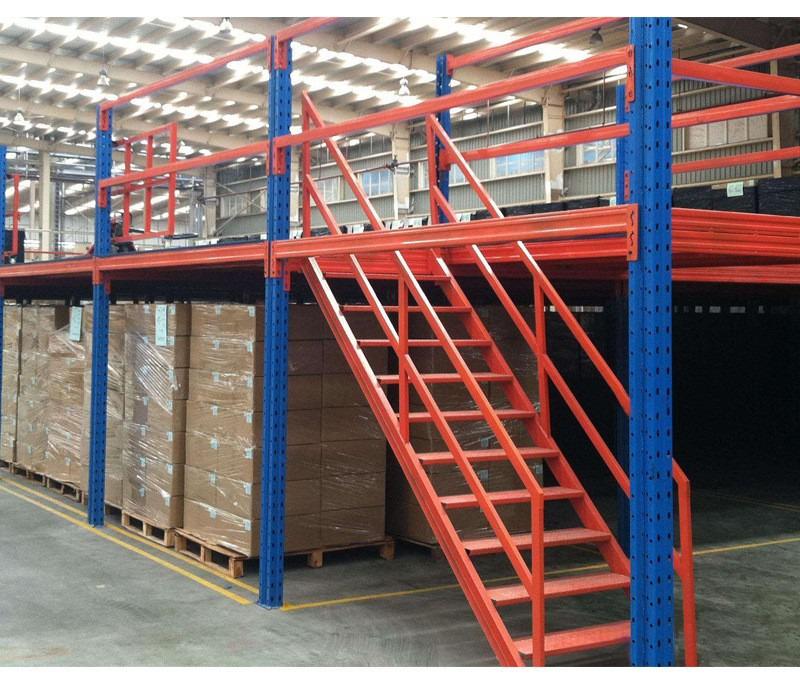
Common Applications and Industries
The selective racking system is versatile and finds applications across various industries. In retail and distribution centers, the selective racking system is commonly used for storing a wide range of products, from electronics to clothing. Its ability to provide quick access makes it perfect for order picking and just-in-time inventory systems. The manufacturing sector also relies heavily on the selective racking system for raw materials and finished goods storage. Here, the selective racking system supports production lines by ensuring materials are readily available.
In the food and beverage industry, the selective racking system is popular due to its compliance with hygiene standards and ease of cleaning. It facilitates FIFO inventory management, which is crucial for perishable items. Similarly, in pharmaceuticals, the selective racking system helps maintain strict inventory control and traceability. Cold storage facilities often use a selective racking system because it allows for efficient air flow and temperature management. Other sectors like automotive, e-commerce, and logistics hubs benefit from the selective racking system for its scalability and adaptability.
The selective racking system is also employed in archives and document storage, where accessibility and organization are key. Overall, the selective racking system suits any environment that requires flexible, accessible storage solutions. Its widespread use underscores its reliability and effectiveness.
Design and Installation Considerations
Proper design and installation are critical for maximizing the benefits of a selective racking system. First, assess your warehouse layout, including floor conditions, ceiling height, and column spacing. The selective racking system should be designed to fit these parameters while allowing adequate aisle widths for forklift maneuverability. Typically, aisles range from 8 to 12 feet wide, but this can vary based on equipment. It's advisable to consult with engineers to ensure the selective racking system meets local safety standards and load requirements.
When designing a selective racking system, consider factors like load capacity, beam levels, and seismic ratings if applicable. The selective racking system can be customized with accessories such as decking or partition bars for better organization. Installation should be carried out by professionals to avoid misalignment, which can lead to accidents. During installation, ensure that the selective racking system is anchored securely and that all components are inspected for defects. Regular audits post-installation help maintain integrity.
Another key consideration is future expansion. The selective racking system should be designed with scalability in mind, allowing for easy reconfiguration. Software integration can also enhance the selective racking system's efficiency by providing real-time inventory data. By paying attention to these design aspects, you can ensure that your selective racking system operates smoothly and safely.
Maintenance and Safety Tips
Maintaining a selective racking system is essential for longevity and safety. Regular inspections should be conducted to check for damage, such as bent beams or loose connections. Any issues should be addressed immediately to prevent accidents. The selective racking system benefits from a routine maintenance schedule that includes cleaning, tightening bolts, and replacing worn parts. Training staff on proper usage is crucial; operators should be taught how to handle loads safely and avoid impacting the racking.
Safety measures for a selective racking system include installing guard rails, netting, or column protectors to minimize damage from forklifts. Load signs should be displayed to indicate weight limits. It's also important to ensure that the selective racking system is not overloaded, as this can lead to collapse. Implementing a warehouse management system can help monitor the condition of the selective racking system and schedule maintenance automatically. Additionally, conduct periodic safety audits to comply with regulations like OSHA standards.
By prioritizing maintenance and safety, you can extend the life of your selective racking system and create a secure working environment. The selective racking system, when well-maintained, continues to provide reliable performance year after year.
In conclusion, the selective racking system is a fundamental storage solution that offers numerous benefits, including accessibility, flexibility, and cost-effectiveness. While it has limitations, such as lower density, these can be overcome with careful planning. The selective racking system is widely applicable across industries and requires proper design, installation, and maintenance to function optimally. By understanding these six aspects—definition, advantages, drawbacks, applications, design, and maintenance—you can make an informed decision about implementing a selective racking system in your warehouse. As logistics evolve, the selective racking system remains a trusted choice for efficient storage management.



